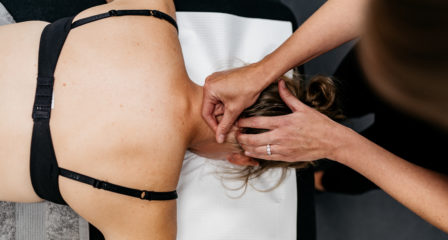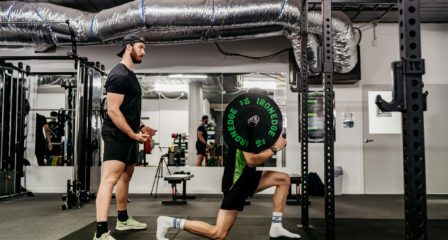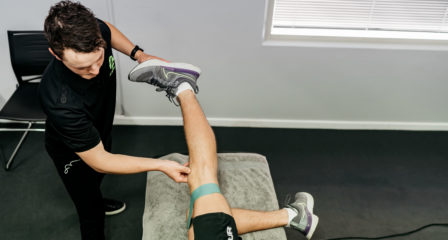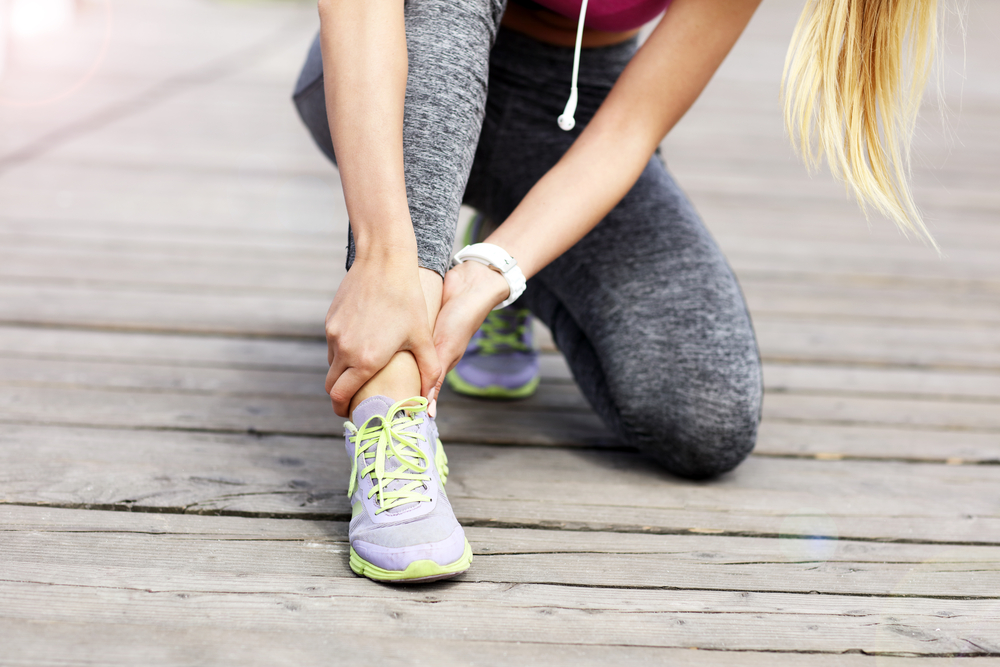
MEDIAL TIBIAL STRESS SYNDROME (MTSS)
What is it?
Medial Tibial Stress Syndrome (MTSS) is the most common cause of leg pain among runners, with a reported incidence of 13% to 17% (Menéndez, 2020). Despite the high incidence of MTSS, an understanding of risk factors remains equivocal, and there is limited research investigating the effectiveness of interventions.
Medical imaging, histology studies, and location of symptoms indicate MTSS and tibial stress fractures may both be on the same bone-stress continuum, with the latter being a more severe presentation. Tibial stress injuries have been proposed to result from repetitive tibial loading during activity.
There are a number of tissues that can respond adversely to repetitive stress and contribute to medial shin pain, these include:
- Myofascial (Tibialis Posterior; Soleus; Flexor Digitorum; Flexor Hallucis)
- Periosteum (dense fibrous membrane covering the surfaces of bones)
- Tendon (Tibialis Posterior; Flexor Digitorum; Flexor Hallucis)
- Bone (Tibial Stress Reaction).
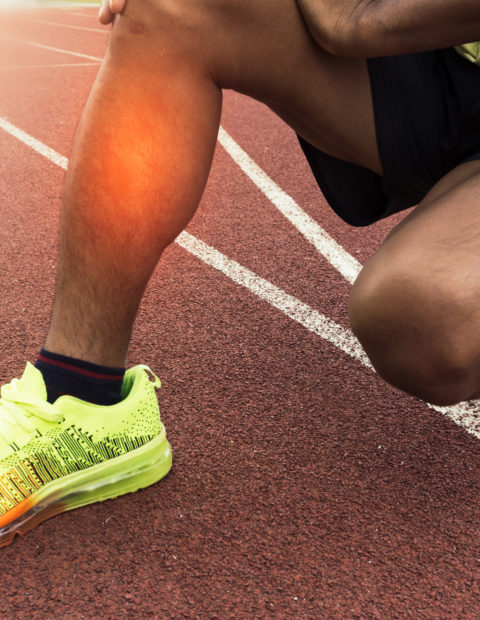
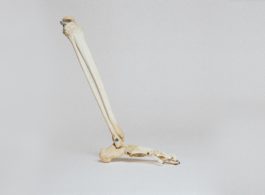
Symptoms commonly associated with MTSS
- Pain at the beginning of activity that diminishes and returns after completing
- Pain on palpation of the posteromedial border (inside and towards the back) of the tibia over a distance >5cm; primarily the lower ⅓ of the tibia
- Pain can be described as sharp or aching
Contributing Factors associated with MTSS
INTRINSIC FACTORS
– Gender
– Body weight
– Biomechanics
– Calf strength and endurance
– Foot posture
– Bone density
– Running technique
EXTRINSIC FACTORS
– Training errors
– Footwear
– Work load (i.e., time on feet)
Considerations in the management of MTSS
SHORT TERM
- Assess to determine possible tissue source
As there are a number of tissues that may be implicated in shin pain, it is important to assess for the most likely tissue contributions to each presentation. The management of presentations will vary dependent on the likely tissue source (i.e., bone versus muscle)
- Activity modification
Load often needs to be modified to reduce symptoms and allow contributing factors to be assessed and addressed. This doesn’t mean no running, but running load should be reduced to a volume that provides an opportunity for tissues involved to rest and recover.
- Dry Needling & Soft Tissue Techniques
These techniques can help to improve the health of affected tissues.
LONG TERM
- Strengthening (if indicated)
Calf strength and endurance is often a contributing factor in the presentation of MTSS, and if a deficit exists, it needs to be addressed. In addition, a lack of hip strength can contribute to adverse biomechanics that are associated with the development of lower leg pain in runners.
- Running Technique
There are variances in running technique that can result in an increased load through your lower leg. Some individuals may benefit from technique modifications to reduce impact loads.
- Footwear
Footwear can have an impact on medial shin pain as they have an effect on both lower limb biomechanics, and muscle activation.
Managing shin pain involves a complete and accurate assessment of symptoms and biomechanics to determine the most appropriate approach.
Load needs to be reduced to both allow tissue healing and provide an opportunity for contributing factors addressed. This will help ensure recovery and prevention of future injury.
If you have any questions about shin pain that you may be experiencing please don’t hesitate to call or book a physio appointment online.
Explore our physiotherapy services
Musculoskeletal
Physiotherapy
At The Injury Clinic Physiotherapy, we work closely with our clients to get them back doing the things they love as soon as possible.
Sports
Physiotherapy
The Injury Clinic Physiotherapy works with recreational to elite athletes to keep them injury free and achieving their goals.
Dry
Needling
All physiotherapists at The Injury Clinic Physiotherapy are qualified and experienced in dry needling as a treatment technique.
Running Related Injuries
Physiotherapists at The Injury Clinic Physiotherapy have a special interest in the diagnosis and management of running-related injuries.
Women's Health
Physiotherapy
We have physiotherapists with a special interest in Women's Health, including pre and post partum presentations. Let us work with you to stay fit, active and healthy.
Pre & Post-Operative
Physiotherapy
Physiotherapists at The Injury Clinic Physiotherapy work closely with surgeons to ensure best outcomes post surgery.
Injury Q&A
Our clinicians have been answering all your questions!
Running Analysis
The goal of a running analysis is to identify aspects of your technique that may be contributing to injury or impacting on efficiency.
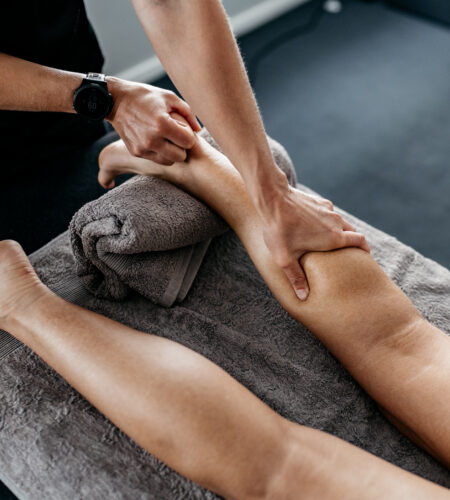

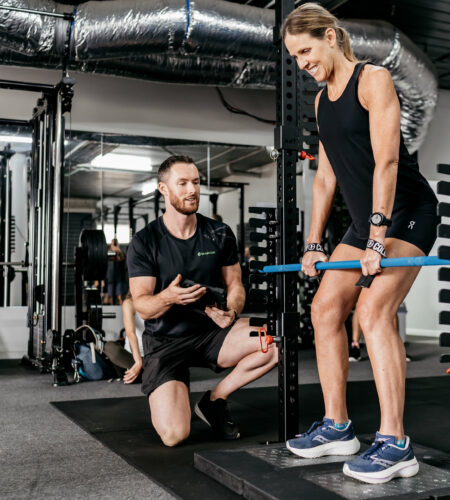

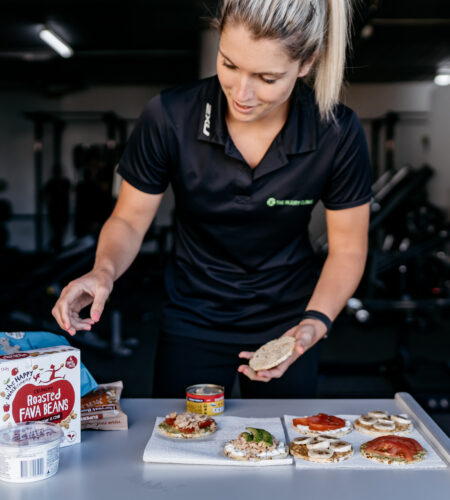

Schedule your next visit
If you’re interested in booking an appointment with one of our team members, contact our clinic today and we’ll be happy to find time for a consultation.
Schedule Consult
